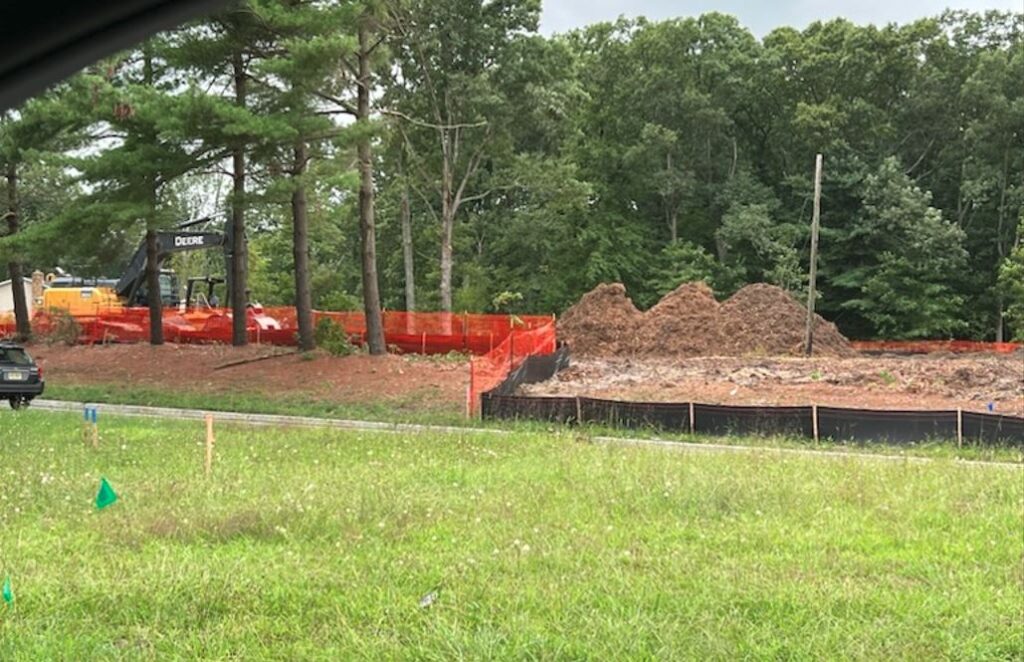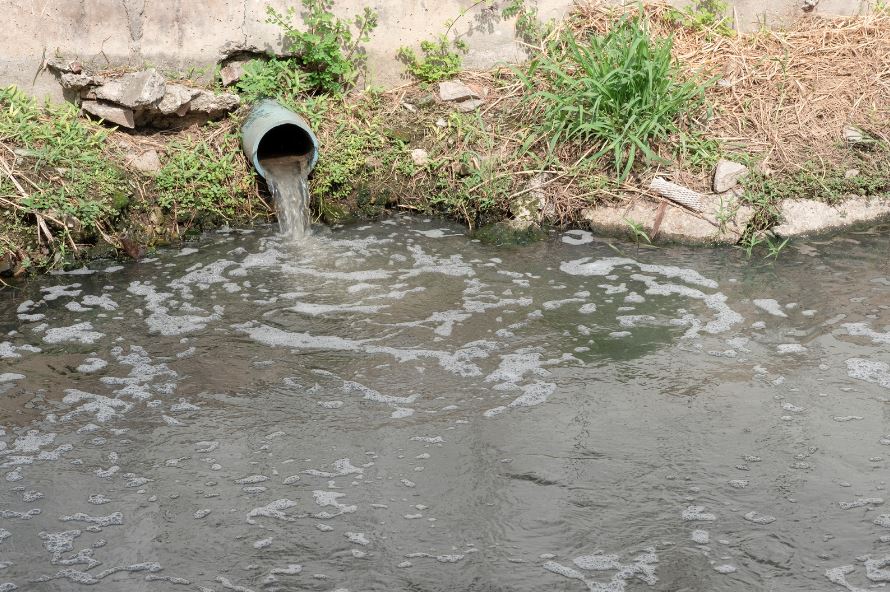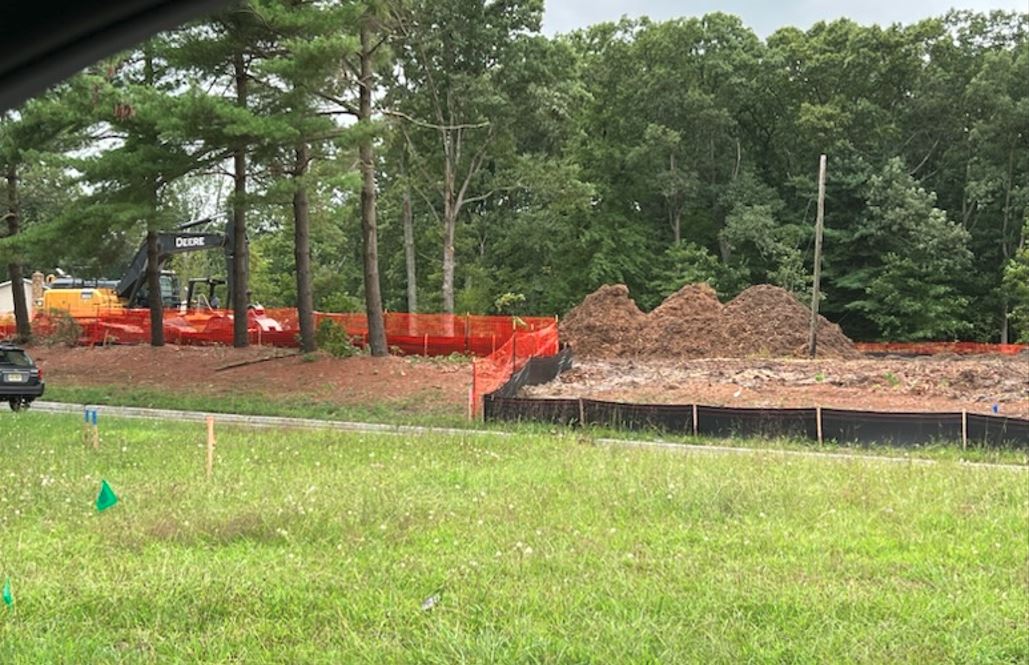
Prioritizing sustainable land development is on the rise in New Jersey so now, more than ever, understanding how to use E&S Plans and SWPPP Plans are critical. These plans not only ensure sites remain compliant with district and county regulations but also play a significant role in preserving our precious natural resources.
E&S Plans encompass strategies for sedimentation control and stormwater management, two key factors that significantly impact water quality in our wetlands and streams. These plans also outline the necessary permits needed to ensure legal and environmental compliance.
In this post, we’ll delve into the complexities of these plans, explore their importance in maintaining the health of our ecosystems, and provide you with the tools to implement effective and robust E&S and SWPPP Plans in your land development projects. So whether you’re a seasoned professional or just starting out in the field, this guide aims to equip you with the knowledge needed to master E&S Plans and contribute positively to sustainable land development.
Understanding Erosion and Sedimentation
Before diving into the intricacies of Erosion and Sediment Control Plans and Storm Water Pollution Prevention Plans it is essential to first understand the fundamental concepts of erosion and sedimentation.

Definition of Erosion and Sedimentation
Erosion is a natural process where wind, water, or ice transport soil and rock particles from one location to another. It’s a continuous process that shapes the earth’s topography but can be accelerated by human activities such as deforestation, construction, and poor agricultural practices.
On the other hand, sedimentation is the deposition or settling of these eroded materials at a new location. This usually happens when the transporting medium (water, wind, or ice) loses its energy, causing it to drop the carried sediments.
Relevant Laws and Regulations Related to Erosion and Sediment Control
To mitigate the damaging effects of erosion and sedimentation, several laws and regulations have been established at local, regional, and national levels. These regulations require land developers to create and implement Erosion and Sediment Control Plans to minimize soil disturbance and manage sediment runoff during construction.
For instance, in the United States, the Clean Water Act (CWA) regulates discharges of pollutants into the nation’s surface waters, including discharges from construction activities. The Environmental Protection Agency (EPA) also provides guidance on best management practices for erosion and sediment control.
At the local level, counties and districts may have additional regulations and permitting requirements. Before starting any land development project, it’s crucial to understand and comply with these regulations to protect our natural resources and avoid hefty fines or legal action.
In the next section, we’ll delve into the specifics of E&S Plans and how they can be effectively implemented to manage erosion and sedimentation. Stay tuned!
What is an E&S Plan?
An E&S Plan is a comprehensive document that outlines strategies to manage and control soil erosion and sedimentation on a development or construction site. This plan is usually required by local, county, or district environmental or planning authorities before any land-disturbing activities can commence. It serves as a blueprint for how a project will minimize its impact on the environment, specifically focusing on preventing soil loss and protecting water quality.
Components of a Typical E&S Plan
While the specific components of an E&S Plan may vary depending on regional regulations and the nature of the project, most plans include the following key elements:
- Site Description: This includes information about the site’s location, topography, existing vegetation, soil type, and nearby water bodies. It also details the proposed construction activities and their potential impact on the site.
- Erosion and Sediment Control Measures: This section outlines the strategies that will be used to prevent soil erosion and manage sedimentation. This could include measures like silt fences, erosion control blankets, sediment basins, and stormwater management systems.
- Maintenance and Inspection Procedures: Regular inspections and maintenance are crucial to ensure the effectiveness of the control measures. This section provides a schedule for inspections and details on how maintenance will be conducted.
- Contingency Plans: In case the initial control measures fail or are ineffective, the plan should outline alternative strategies or additional measures to be taken.
- Site Maps: These provide a visual representation of the site, highlighting areas prone to erosion, locations of proposed control measures, drainage patterns, and more.
Role of E&S Plans in Preventing Soil Erosion and Sedimentation
E&S Plans play a pivotal role in sustainable land development by preventing uncontrolled soil erosion and sedimentation. By identifying potential erosion hotspots and implementing targeted control measures, these plans help protect our natural resources, particularly water bodies that can be adversely affected by excessive sedimentation.
Moreover, E&S Plans ensure that development projects comply with environmental regulations, reducing the risk of legal repercussions and contributing to broader conservation efforts. They uphold the principle that while land development is necessary for societal growth, it should not come at the cost of our environment.

Steps to Develop an Effective E&S Plan
When it comes to earth-moving projects, implementing an effective E&S plan cannot be overlooked. By taking a systematic approach, you can minimize soil erosion and sediment runoff while also protecting the surrounding environment. The first step is to conduct a site assessment and analysis to identify potential challenges and hazards.
From there, designing erosion and sediment control measures is necessary to keep soil and water where they belong. But it doesn’t stop there – maintenance and inspection procedures must be incorporated to ensure the plan is consistently effective. Finally, finalizing and then implementing the E&S plan is essential to preventing potential problems from the start. At East Coast Site Work, we understand the importance of developing a sustainable plan that is tailored to your specific project needs.
E&S Plans and sustainable New Jersey land development
In conclusion, E&S Plans are not only a regulatory requirement but also a crucial aspect of sustainable land development. They allow us to balance our need for growth and infrastructure with the need to protect our natural resources. By identifying potential erosion hotspots, implementing effective control measures, and regularly inspecting and maintaining these measures, we can significantly reduce the impact of construction and development projects on the environment.
At East Coast Site Work, we are committed to helping our clients create robust, effective E&S Plans tailored to their specific needs, ensuring that their projects not only comply with environmental regulations but also contribute positively to our collective conservation efforts. Remember, every step taken towards sustainable development today will secure a healthier, greener future for the generations to come.


